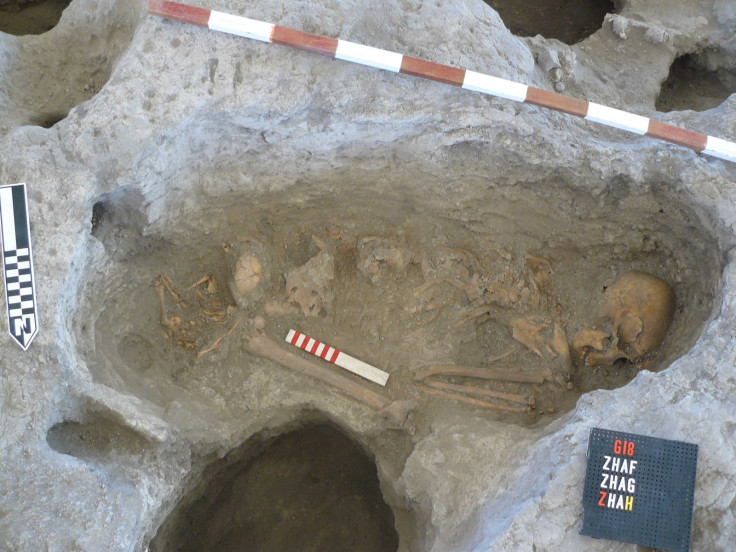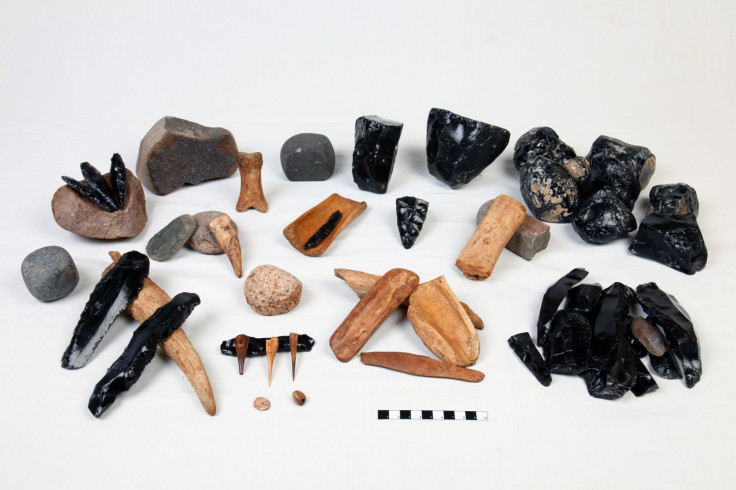First European farmers came from ancient Turkish Boncuklu community
Boncuklu people were foragers who developed small-scale agriculture before moving to Europe.

A DNA analysis of the ancient Boncuklu people, who lived between 10,300 and 9,500 years ago in Turkey, suggests they were related to early European farmers who settled on the Old Continent. The scientists believe these Stone Age hunter-gatherers learnt the basics of farming in Anatolia's fertile lands before moving to Europe.
The emergence of farming and agriculture between 10,000–9,000 BC in Mesopotamia, was one of the most life-changing moments in all of human history, profoundly altering our ancestors' culture and social organisation.
However, many questions remain about how farming spread from country to country before reaching Europe.
Recent studies have observed that different groups began farming independently in different regions of the Middle and Near East, before moving to Europe. Farming has also been shown to have developed in Anatolia around 8300 BC.
This latest research, published in Current Biology, focuses on the emergence and evolution of farming in the West, investigating the links between early European farmers and communities in ancient Turkey who developed agricultural practices very early on.
Genetic similarities with Anatolian farmers
The researchers used DNA collected from the remains of nine individuals from two ancient settlements in Anatolia. Four of these were people from the Boncuklu community – a group of foragers who emerged 10,300 years ago and developed small-scale agriculture while still preserving some of their hunting and gathering practices.
The Boncuklu site is in fact one of the first outside Mesopotamian and the Fertile Crescent were agricultural practices were recorded. "They were proto-farmers. Boncuklu people did not have domestic animals, and gathering was also important for the village", states study co-author Mehmet Somel at the Middle East Technical University.
The other five DNA samples analysed by the researchers came from the more recent Tepecik-Çiftlik community, who had more advanced farming practices.

The scientists compared all this genetic data with DNA samples of European farmers living during the late Stone Age, between 10,000-4,000 years ago. They found that early European farmers shared genetic similarities with the Boncuklu specimens. "Our results confirm that the earliest Neolithic central Anatolians belonged to the same gene pool as the first Neolithic migrants spreading into Europe", the authors observed.
Genetic affinities were also observed between the Tepecik-Çiftlik villagers and later south Europeans, who lived between third and fourth millennium BC. This suggests that a second wave of Anatolian migrant farmers settled in Europe after the one led by the Boncuklu populace.
It appears that early Anatolians learnt agricultural techniques in their homeland before moving to Europe, in different waves and at different points in time. As they mixed with other European inhabitants, genetic diversity increased and farming expanded across the continent.
© Copyright IBTimes 2025. All rights reserved.






















